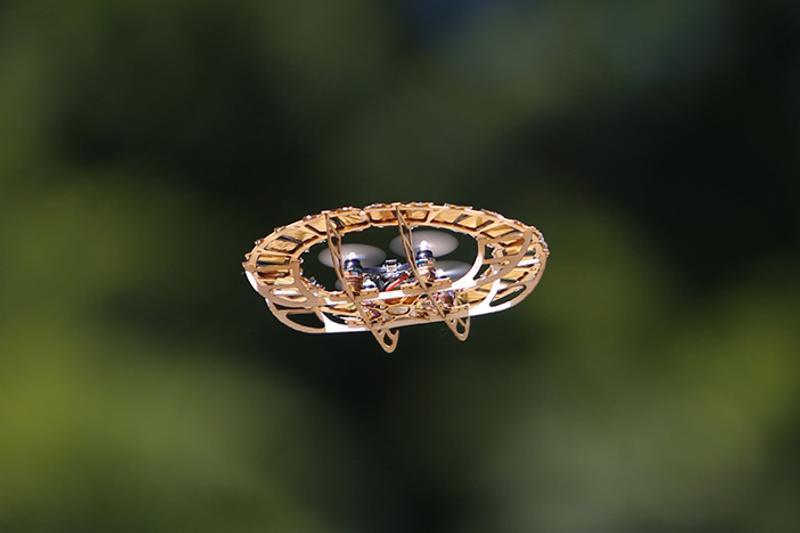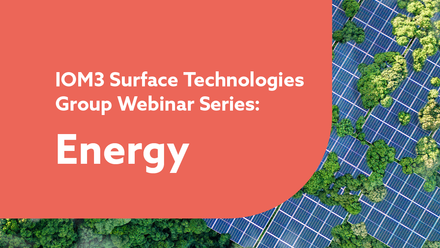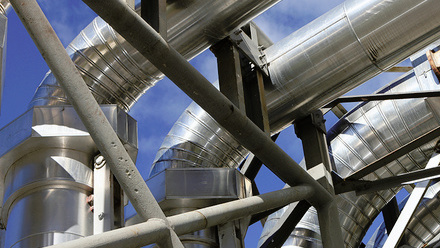Solar-powered drones energise aviation
Austrian-based scientists have developed quasi-2D, perovskite solar cells to improve the efficiency and stability of ultra-lightweight photovoltaics.

They propose the technology is ideal for applications where energy density is critical, such as aeronautics and space exploration. The scientists at Johannes Kepler University (JKU) Linz, claim the solar cells can demonstrate an unprecedented power output of up to 44W/g.
They have integrated 24 of the solar cells into the frame of a palm-sized, commercial quadcopter drone. As the solar cells only make up 1/400 of the drone’s entire weight, the researchers report it can operate self-sufficiently and perform consecutive charge-flight-charge cycles without wired recharging.
According to Christoph Putz, one of the lead authors, the JKU team can significantly improve the solar cells’ operational stability by applying alpha-methylbenzylammonium iodide (MBAI) into a perovskite precursor solution. This modifies the photovoltaic material’s structure, creating a quasi-2D solar cell that is about 2.5µm thick.
'Utilising large cation additives in perovskite preparation is known to enhance both thermal and moisture stability, but it is also detrimental to a material’s charge-transport properties and results in reduced efficiency,' he says.
The researchers achieve optimal performance by fine-tuning the perovskite precursor composition and optimising the deposition conditions. The MBAI reportedly improves grain and surface passivation, and it also reduces trap density.
Putz adds that ultrathin perovskite solar cells with a thickness as low as 2µm can demonstrate 'remarkable flexibility and mechanical resilience'.
Bending strains decrease proportionally to a reduction in the lead halide perovskite’s thickness, so the author argues it is possible to build flexible devices with ultrathin materials.
'Whether bending around a thin wire with a 0.1mm radius, or being subjected to compression with bending radii down to 10µm, our solar cells can withstand hundreds of cycles of mechanical stress without significant loss in performance,' he claims.
Lead halide perovskites also deliver important features for use in photovoltaics. Putz notes their optoelectronic performance is excellent, adding 'the latest record-breaking perovskite solar cells achieve as much as 26.1% power conversion efficiency'. This, he adds, matches the performance of the best conventional crystalline silicon solar cell technology.
The material’s light weight is critical to this. This device measures about 2.5µm and has an area density of around 4.5gm-2, explains Putz. This, he adds, is about 100 times lighter than current commercial crystalline silicon solar cells.
The power-per-weight ratio is also important because it means the scientists can compare its performance with other power-generating systems. At 44W/g, Putz claims their device can outperform other emerging photovoltaic technologies, such as organic semiconductors at 32W/g, and since they are less efficient in converting power, their power output is lower, he argues.
Putz points out that to achieve operationally stable and flexible solar cells with a high power-to-weight ratio and high stability, the team also needs to strike a balance between 'low gas and moisture permeability, and the high flexibility and transparency of the plastic substrate in combination with a robust photovoltaic material'.
A 100nm-thick aluminium oxide layer on top of the polymer substrate slows the ingress of water and oxygen into the solar cell’s core, while remaining transparent, lightweight and flexible.
'Less weight directly translates to less fuel being used...or energy being required to keep vehicles airborne,' adds Putz.
As well as continuing to optimise the performance, he says 'it is crucial to develop efficient ways of scaling it up through printing and roll-to-roll fabrication approaches. Furthermore, we aim to explore opportunities to integrate our ultrathin solar cells into various deployable structures, flexible electronics and other portable devices'.
The researchers suggest the technology could extend flight time and reduce the battery requirements in electric aeroplanes or drones. It has potential applications in search and rescue operations, large-scale mapping, generating solar power in space and exploring the solar system.







